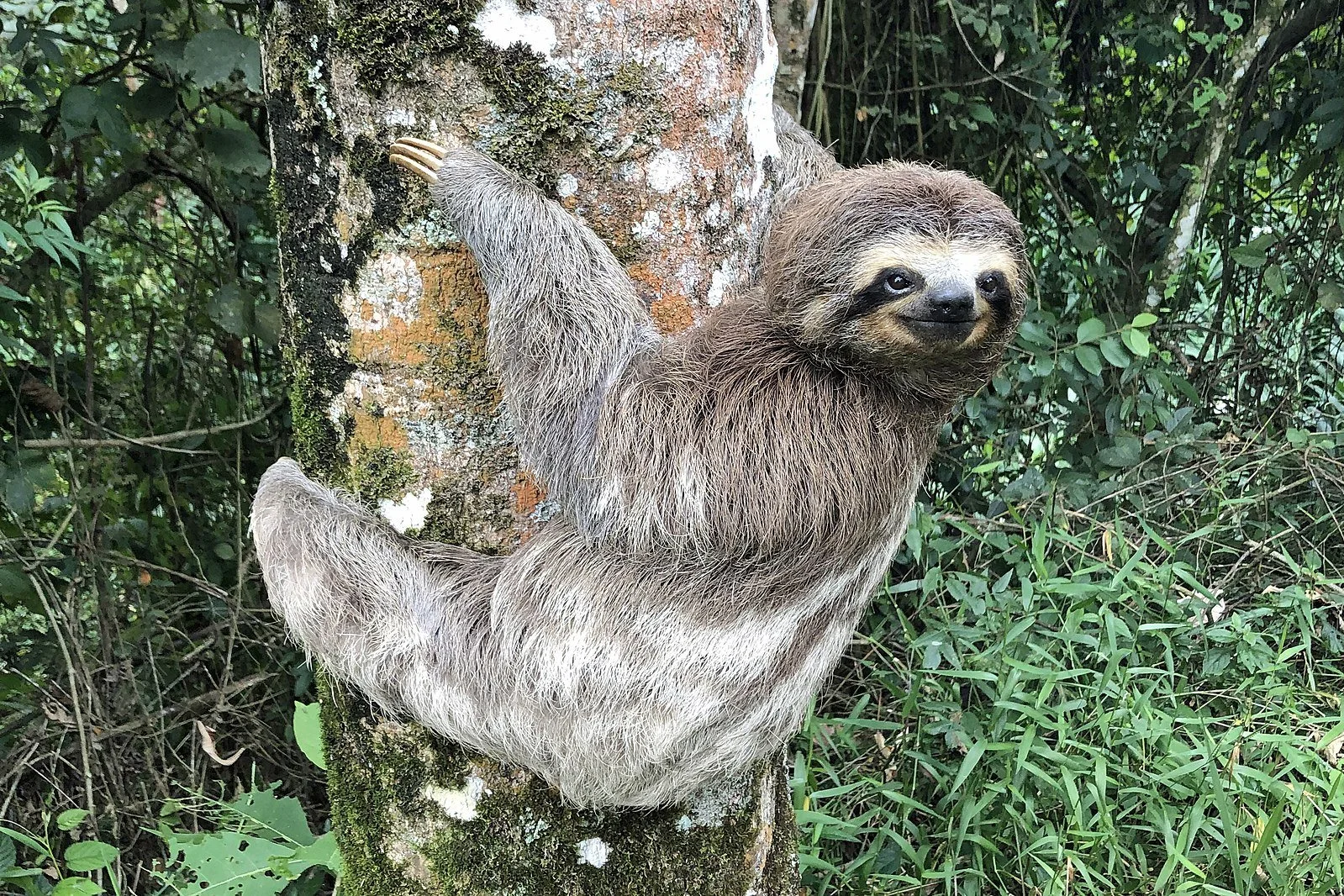How does a caterpillar change into a butterfly?
The short answer
Caterpillars turn into butterflies by digesting their bodies inside a chrysalis and rebuilding them into butterfly parts by using special cells called imaginal discs.
The long answer
If you thought puberty was rough, count your blessings you didn't go through a complete metamorphosis.
Butterflies are among the many animals that go through their lives in two distinct bodies. Early in life they walk around as caterpillars munching on plants. Then after a full-body rebuild inside a chrysalis, they emerge as flying nectar-drinkers.
Welcome to the wild world of butterfly metamorphosis. Let's dive into the details of how this mega-puberty works:
🥚 Stage 1: Egg
A butterfly's life begins when its mother lays eggs on a plant, often on the underside of a leaf to avoid detection by predators. That plant will become the caterpillar's second meal — its first will be its own eggshell.
"Salmon Arab Butterfly Laying Eggs on Leaf" by Anurag bindal is licensed under CC BY 4.0.
These tiny eggs will develop not only the parts needed to be a caterpillar but also later a butterfly. They grow "imaginal discs," clusters of cells that later form adult body parts like wings, antennae, and legs. The journey to a butterfly starts at inception.
🐛 Stage 2: Larva (caterpillar)
After hatching from its egg, the butterfly is in its larva, or caterpillar, stage. It now has one job and one job only: EAT.
For the next few weeks, the caterpillar devours leaves to fuel its rapid growth. As it grows plumper, it will molt (shed its skin) several times to transform into a larger version of itself. Some species of butterfly will end up being 100 times larger than when it started.
"Caterpillars@2nd&3rd stage" by Fir0002 is licensed under CC BY-SA 3.0.
Eating can also be a defensive mechanism. Some caterpillars will intentionally eat plants that contain toxins, making them poisonous to other predators even after they've transformed into butterflies.
🛡️ Stage 3: Chrysalis
It's "The Final Molt-down" for the butterfly as it molts for the last time to form a shiny, hard chrysalis that protects against extreme temperatures, parasites, and moisture loss.
"European Swallowtail (Papilio machaon gorganus) larva pupating (15)" by Dean Morley is licensed under CC BY-ND 2.0.
Now the fun part begins: How do you transform all those caterpillar parts into butterfly parts? You liquefy yourself, of course!
The caterpillar will digest itself, releasing enzymes that dissolve most of its tissues. It's often said that the chrysalis will contain a "soup" of caterpillar parts, but it's probably more accurate to call it a "stew" because not all of its body parts dissolve.
Crucially, the imaginal discs survive this digestion process and use this protein-rich broth to fuel the rapid growth of wings, antennae, legs, eyes, and other butterfly features.
This image shows how a butterfly pupa changes on the inside between day 1 and day 13. Using micro-CT scans, researchers watched how the air tubes (blue), gut (red), and waste system (orange) change as it transforms. They found that the air tubes start forming early, while the gut gets smaller, moves, and becomes more complex over time.
"Figure 1" by Royal Society is licensed under CC BY 3.0.
As butterfly parts grow (like the wing vein structure, shown in blue above), some parts get smaller (like the digestive system, shown in red) since butterflies will change their eating habits from fibrous plants to simple nectar. This process of transforming from a caterpillar to a butterfly will take about 2-4 weeks to complete.
🦋 Stage 4: Butterfly
The adult butterfly will emerge from its chrysalis with the help of a hormone that provides the strength needed to bust out. It's a little less dramatic than how the Metapod evolves into a Butterfree in Pokémon, but it's still an amazing process.
A newly hatched Monarch butterfly drying out its wings.
Source: Be Smart
And after being folded up for several weeks, the butterfly's wings need to stretch out. It pumps a blood-like substance called hemolymph into its wings so they can expand and harden for flight.
Now the adult butterfly has a new job: make more butterflies. A butterfly will court mates with scents and elaborate aerial dances. Some butterflies lay their eggs close to where they were born, but others, like the Monarch butterfly will embark on continent-spanning migrations to lay their eggs on the other side of the world. Then the cycle will begin again.
Curious about how the world works?
Today You Should Know is a free, weekly email newsletter designed to help you learn something new every Friday.
Subscribe today 👇
Check out some other curious questions:
Sources
The Academy of Natural Sciences of Drexel University. (n.d.). Butterfly Life Cycle. https://ansp.org/exhibits/online-exhibits/butterflies/lifecycle/
American Museum of Natural History. (n.d.). Butterfly Metamorphosis. American Museum of Natural History. https://www.amnh.org/exhibitions/butterflies/metamorphosis
Hanson, J. (2023, July 25). The Truth About Butterfly Metamorphosis (It’s VERY WEIRD) . YouTube. https://www.youtube.com/watch?v=4RaCURU6A2o&ab_channel=BeSmart
Jabr, F. (2024a, February 20). How did insect metamorphosis evolve?. Scientific American. https://www.scientificamerican.com/article/insect-metamorphosis-evolution/
Jabr, F. (2024b, February 20). How Does a Caterpillar Turn into a Butterfly?. Scientific American. https://www.scientificamerican.com/article/caterpillar-butterfly-metamorphosis-explainer/
Museums Victoria. (n.d.). Life cycles. Museums Victoria. https://museumsvictoria.com.au/learning/little-science/teacher-support-materials/life-cycles/









It’s like an American accent but with calendars.